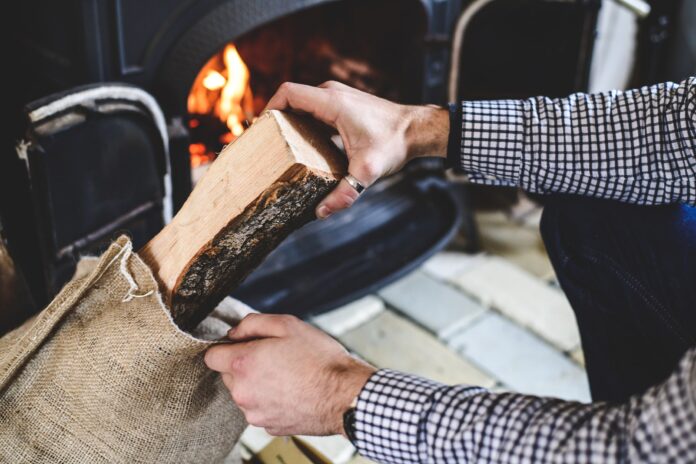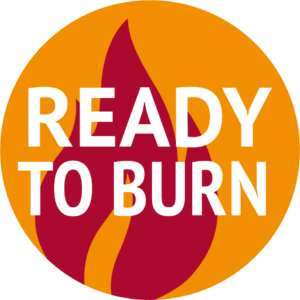For those who are eco-conscious but depend on a wood burner or solid fuel appliance, choosing the right fuel can be confusing. It is important that homeowners make an informed decision for the safety of their property and for the health of the family. The consequences of burning the wrong fuel can be nothing short of catastrophic should a fire break out,- or can equally result in hefty fines.
Not only that but burning the wrong fuel can have a detrimental effect on the environment. The increased emissions from wet wood, and the toxins released from treated or painted wood has a huge impact on the environment and air quality around us.
In fact, there have been several instances of fines being issued for the burning of illegal fuels. Just this year, one Gloucestershire man was fined £330 after admitting to burning treated wood in his home.

Given these common mistakes, Alan Young, compliance manager for leading biomass and solid fuel organisation HETAS offers his advice to help stove owners proactively mitigate the potential hazards and ensure a safer environment for both home and loved ones…
- Don’t Burn Wet Wood
When wood with a moisture content higher than 20% is burned, up to five times more emissions are released. This is especially important for those in living in a Smoke-Controlled area, as fines can be incurred. Homeowners should look out for the Ready to Burn logo so they know they are buying fuel that is well within the legal limits to burn.
- Avoid Putting Cardboard on the Fire
Despite the seemingly tempting nature of burning easily combustible materials like cardboard and paper, it is crucial to refrain from doing so. The act of tossing paper and cardboard into the fire can have undesirable consequences. These materials can generate copious amounts of smoke, leading to potentially detrimental effects such as chimney blockages and significant damage that can incur substantial costs.
- Give Painted or Treated Wood a Miss
Wood that has been painted or treated should be avoided at all costs. This includes those offcuts and unwanted pallets you’ve been trying to find a use for. Keep those for a DIY project, but never throw them on the fire. When heated up and set alight, the chemicals in the paint, treatment or wood preserver can be released, resulting in toxic fumes being emitted into the environment and the home. This can be dangerous for all, but especially those with compromised respiratory systems.
- Steer Clear from Coal
In May 2023, the sale of traditional house coal was banned in England. This came as no surprise with coal being one of the most polluting fuels that can be burned in the home. It is vital therefore to steer clear of this harmful fossil fuel. Again, don’t forget to look for the Ready to Burn logo to help find a suitable and more sustainable alternative. Approved smokeless fuels will also feature the logo.
- Never Throw Rubbish on the Flames
Only suitable and legal fuel should be used in woodburning stoves. They should not be used as a makeshift incinerator for any household rubbish or debris that needs to be disposed of. Burning items that have not been certified and could contain a mix of chemicals and materials can be very dangerous for all involved, or even those living close by.
For more tips and advice on choosing a safe fuel to burn, visit hetas.co.uk.
Help keep news FREE for our readers
Supporting your local community newspaper/online news outlet is crucial now more than ever. If you believe in independent journalism, then consider making a valuable contribution by making a one-time or monthly donation. We operate in rural areas where providing unbiased news can be challenging. Read More About Supporting The West Wales Chronicle

























